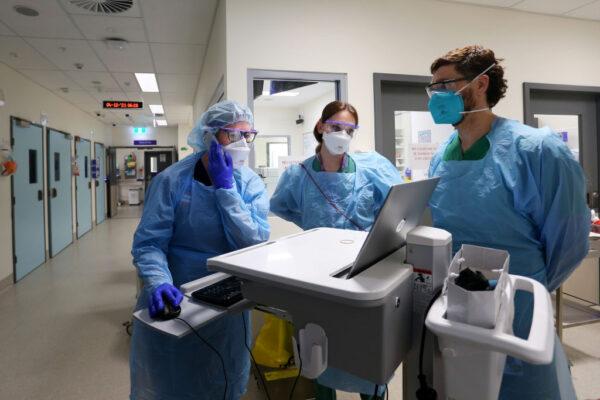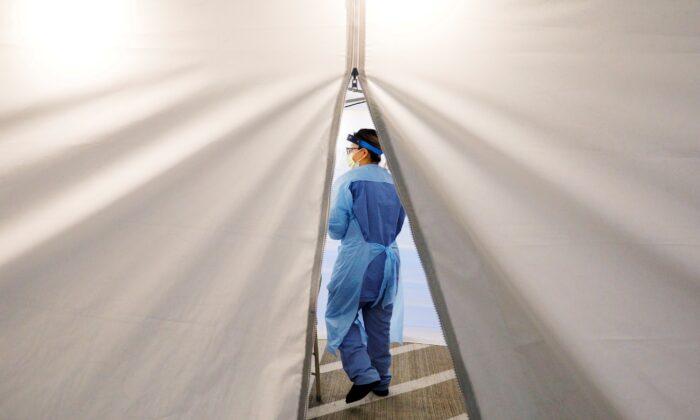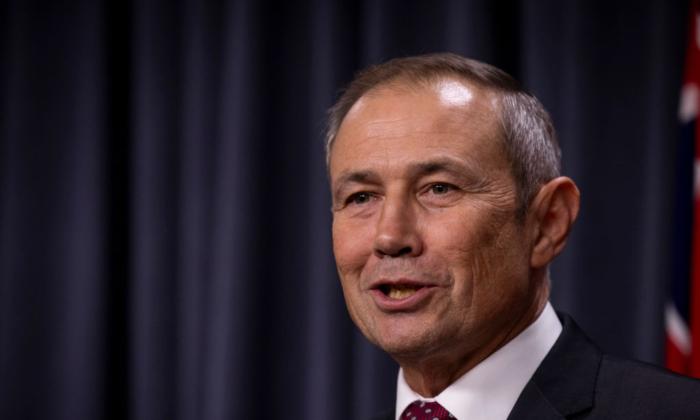A new report has revealed that Australia’s elective surgery numbers fell to the lowest level since 2010 and nearly 40 percent of patients were forced to wait more than four hours in an emergency department due to COVID-19.
Adrian Webster, a spokesperson for the Australian Institute of Health and Welfare (AIHW), said that public hospitals performed 623,000 elective surgeries in 2021-22.
This is 131,600 fewer or a 17 percent drop in surgeries compared to the previous year.
“In the five years prior to the COVID-19 pandemic, presentations to public hospital emergency departments steadily increased by an average of 3.2 percent per year. However, the pandemic continued to impact the number of presentations throughout 2021–22,” Webster said.
Elective surgery is medically necessary and may be urgent, but it applies where the patient’s clinical condition does not require immediate care through an emergency admission.
It can include having a gallbladder removed, cataract operations, cancer procedures, and hip replacements.
Australian Medical Association (AMA) President Prof. Steve Robson said that the disastrous fall in the performance of public hospitals was clear evidence of a logjammed hospital system.
“This is nothing short of disastrous.”
Around the start of the COVID-19 pandemic in March 2020, the Australian federal government banned most elective surgeries and “non-essential” medical procedures to free up hospital beds and staff.
 India Wells, RN and Emergency Department OPNUM, RN Danielle Callaghan and RN James Shattock consult about a patient transfer in the COVID-19 Red Zone at the St Vincent’s Hospital Emergency Department in Sydney, Australia on Dec. 4, 2021. (Lisa Maree Williams/Getty Images)
India Wells, RN and Emergency Department OPNUM, RN Danielle Callaghan and RN James Shattock consult about a patient transfer in the COVID-19 Red Zone at the St Vincent’s Hospital Emergency Department in Sydney, Australia on Dec. 4, 2021. (Lisa Maree Williams/Getty Images)Officials warned an accelerating number of patients could overwhelm intensive care units, tracking developments in other countries.
Families Endure Record Wait Times
This report comes in light of the incident at Royal Children’s Hospital (RCH), where COVID-19-related staff shortages resulted in families waiting for over 12 hours for emergency care.The hospital made a rare move of telling parents to seek care from other avenues where possible.
“The emergency department is currently experiencing unprecedented demand with a high number of presentations of extremely unwell children. We are asking families to seek alternative care this evening, where possible,” the RCH hospital said in a statement on Dec. 5.
“We are asking families to try nurse on call, the Victorian virtual emergency department, or online telehealth options as alternatives.”
The rush at the children’s hospital comes after elective surgery was suspended at The Alfred Hospital in Melbourne, Victoria. This was attributed to reduced staff numbers due to COVID-19 infections among clinicians.
“We believe we are at the peak of this wave’s impact within our health service, and efforts are underway to reschedule impacted patients,” an Alfred Health spokesman said.
“We apologise to all patients affected by this difficult situation.”






Friends Read Free